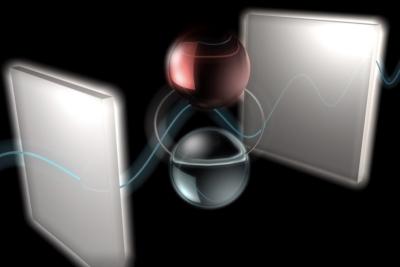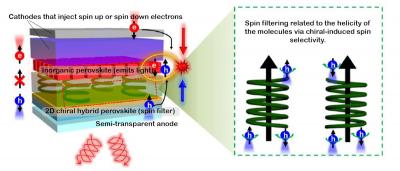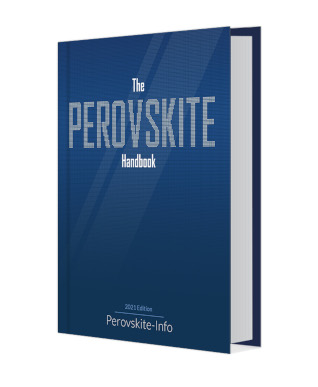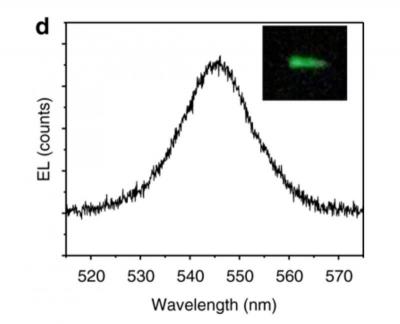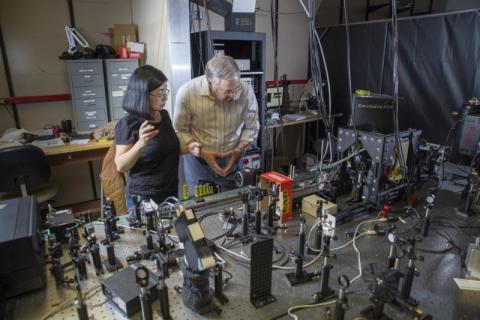Researchers develop way to use perovskite materials and light to control electron spins
Researchers from Cambridge University in the UK, Korea's DGIST and Harvard University in the U.S have shown that electron spins could become more efficient and easier to manage through a light-based approach using halide perovskite semiconductors. The team observed ultrafast spin-domain formation in polycrystalline halide perovskite thin films in response to irradiating the films with circularly polarized light at room temperature.
Photoinduced spin-charge interconversion in semiconductors, with spin-orbit coupling, could provide a route to spintronics that does not require external magnetic fields, which tend to be challenging to control. An electron can have two spin states, up or down, and these states can be used to store and process information. But manipulating spin states can be tricky, requiring the use of magnetic fields on perfectly ordered materials at extremely low temperatures to work.
